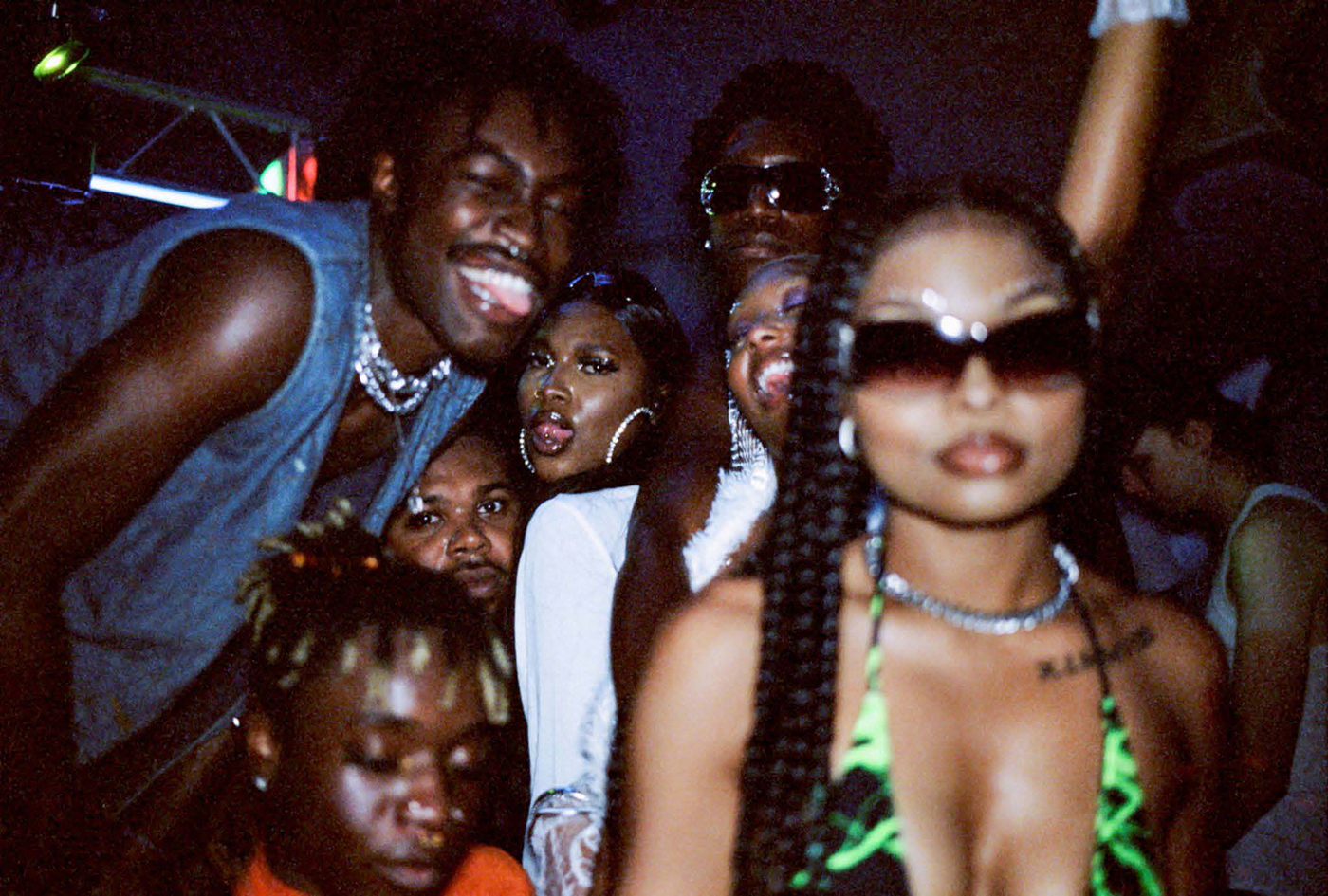Notes
1
Sadly, this includes the club Jewel’s Catch One, the formerly Black-lesbian-owned gay and lesbian staple in Mid-City, LA.
2
Hortense Spillers, “The Idea of Black Culture,” CR: The New Centennial Review 6, no. 3 (Winter 2006): 25.
3
Spillers, “The Idea of Black Culture,” 26.
© 2022 e-flux and the author
